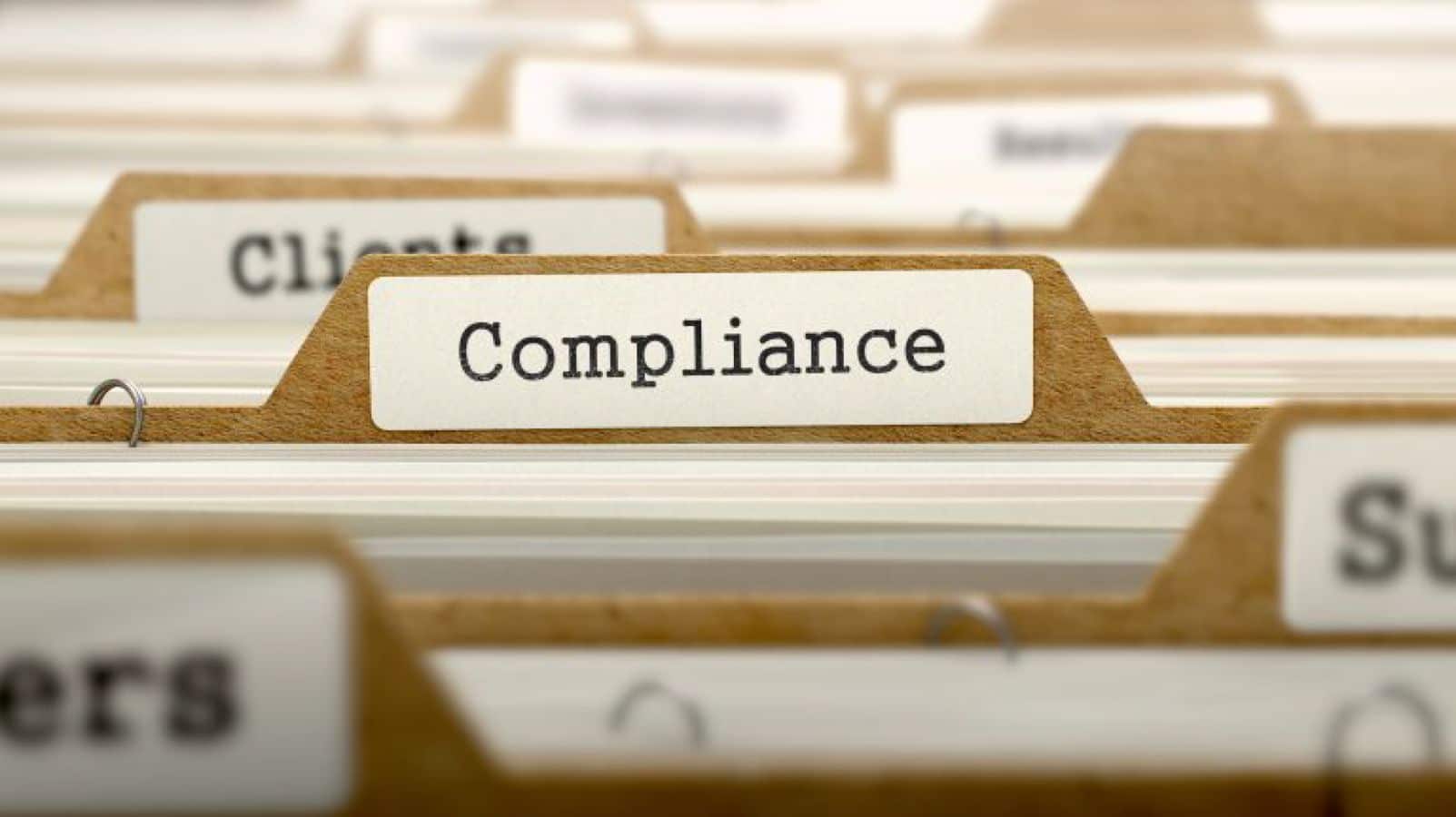Tech
How compliance is better informed through big data
Big data analytics can uncover patterns and correlations that can help the C-suite management, and IT make more informed compliance decisions.

Technology provides solutions for complex business challenges. Today, organizations can collect and analyze big data to uncover correlations, patterns, and other insights that can drive growth. Big data analytics is exponentially useful for businesses, even in their compliance efforts.
What Is Big Data?
Big data refers to large amounts of data compiled by tools, machines, and people. These data sets can be mathematically analyzed by software programs to uncover relationships, trends, and patterns that can help firms make informed decisions.
Big data comprises of three V’s:
- Volume. This relates to the amounts of data collected and the different sources where they originate from. Examples of the sources of data include social media, website, video recordings, among others.
- Velocity. This is the speed at which data is collected and transferred to the user.
- Variety. This relates to the format of the gathered data, for example, text, images, videos, among others
Challenges Of Big Data Analysis
While the collection and storage of big data is easy, there is a real difficulty in its analysis. One characteristic of big data that makes it challenging to analyze is its variability.
Variability is the ability of data to change during processing. The characteristic also refers to inconsistencies as a result of the different types of data and their sources.
Let’s illustrate this point.
If you are collecting data related to the word “rose,” you are likely to get text and images results. However, the word “rose” has two meanings. It can mean the rose flower or the act of rising.
When you review the results from the text sources, most of them will be related to the flower. The data from the image sources may also have flower data. However, the data will not be singular as you will get both text and images related to red roses, white roses, black roses, and other results all related to the rose flower.
This variability of the “rose flower” data from the various sources makes big data analysis difficult. This is because it becomes harder to find similarities or differences in the data. Data that with greater variability is even more complex to analyze.
Another difficulty in analyzing big data analysis lies in the data being structured or unstructured.
- Structured data refers to data that is easy to process and order. For instance, data provided in a spreadsheet form is easy to analyze.
- Unstructured data is data that is difficult to organize and process. For example, data that is in text, image, video, or audio form can be difficult to analyze.
How To Analyze Big Data
Before you begin analyzing big data, ensure your firm has effective security measures in place to prevent data breaches. Securing your data is critical to getting the data analysis insights you need.
Big data can be analyzed in two ways:
- Predictive analytics
- Prescriptive analytics
Predictive Analytics
Predictive analytics predicts future happenings based on historical data. With the help of machine learning, modeling, and data mining on big data, you can successfully predict future behavior. For instance, by using big data predictive analysis, your anti-virus protection can protect your system against known attacks and also predict possible future attacks.
Prescriptive Analytics
Prescriptive analytics uses big data to determine the best decision for you to take in a particular situation. Predictive analytics provides information on possible ransomware likely to attack your system. On the other hand, prescriptive analytics can help you determine the attaches that need your immediate attention.
For instance, threat-detection machine learning algorithms collect data from the internet. The algorithms use predictive and prescriptive analytics to evaluate the data and uncover suspicious activities. Using this information, they come up with information on attacks that are likely to occur and how best you can prepare for them.
You can use both predictive and prescriptive analytics to analyze big data. The results of these analyses can provide insights on your firm’s operations and the control measures that should be put in place for uninterrupted operations.
Using Big Data Analytics To Enhance Compliance
You can use big data analytics to come up with a reliable security compliance program for your organization. Big data analytics can help you to determine if your systems are designed and working according to the compliance frameworks. For instance, the analytics can show whether your networks have been secured with the recommended software updates. In case the analytics results indicate expired updates or the existence of weaknesses, then you can take action to ensure software compliance.
Big data analytics can uncover patterns and correlations that can help the C-suite management, and IT make more informed compliance decisions. The analytics can provide compliance insights that will help IT to ensure the systems are secure and in line with industry compliance frameworks. You can also use big data analytics to run routine compliance checks.
Have any thoughts on this? Let us know down below in the comments or carry the discussion over to our Twitter or Facebook.
Editors’ Recommendations:
- The levels of PCI compliance
- Compliance manager responsibilities
- Best practices for compliance management
- What is compliance & record management





























